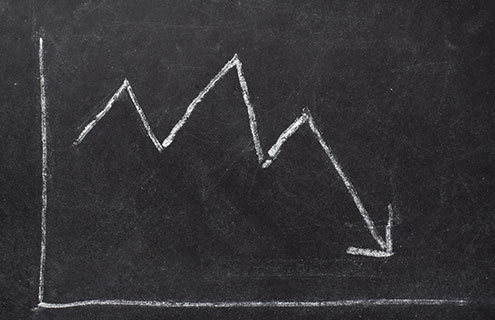Guy Carpenter & Company reports that reinsurance market rates on line continue to be driven by an influx of capital from third party investors at the 1 July renewals, despite catastrophe losses reaching approximately $20 billion during the first six month of 2013.
In a recent briefing, Guy Carpenter said that robust catastrophe bond, sidecar and collateralised reinsurance activity throughout the year has for the first time pushed pricing in the capital markets to “decouple” from levels set by the traditional market.
This has in turn prompted downward pressure on overall traditional market pricing.
According to the report, convergence capital now accounts for an estimated $45 billion of the global property catastrophe limit, or approximately 14 percent of the market.
The amount of excess capital in the market helped mitigate the impact of catastrophe losses resulting from severe tornado activity in the US and floods in parts of Europe, India and Canada during Q2 2013.
David Flandro, global head of business intelligence at Guy Carpenter, said: “At July 1, we saw continued significant decreases in US property catastrophe programme pricing. Although the impact of convergence was less dramatic elsewhere, general downward pressure on rates was observed for property business in several other regions and across some casualty lines.”
“Without further significant catastrophe losses in the remainder of 2013, we expect that this downward pricing trend will likely continue through the remainder of the year and into the 1 January, 2014 renewals.”
Lara Mowery, global head of property specialty at Guy Carpenter, said: “For the third consecutive year, we’ve seen a significant shift in market conditions during the second half of the renewal season.”
“This behaviour is contrary to the market’s historical precedent, as the factors that typically impact the mid-year renewals are normally driven by those already present in January. As seen in this year’s July renewals, the excess capital in the market, and more importantly, the behavior of that capital, has encouraged a dramatic shift that triggered downward pricing in the traditional market in order to remain competitive.”






